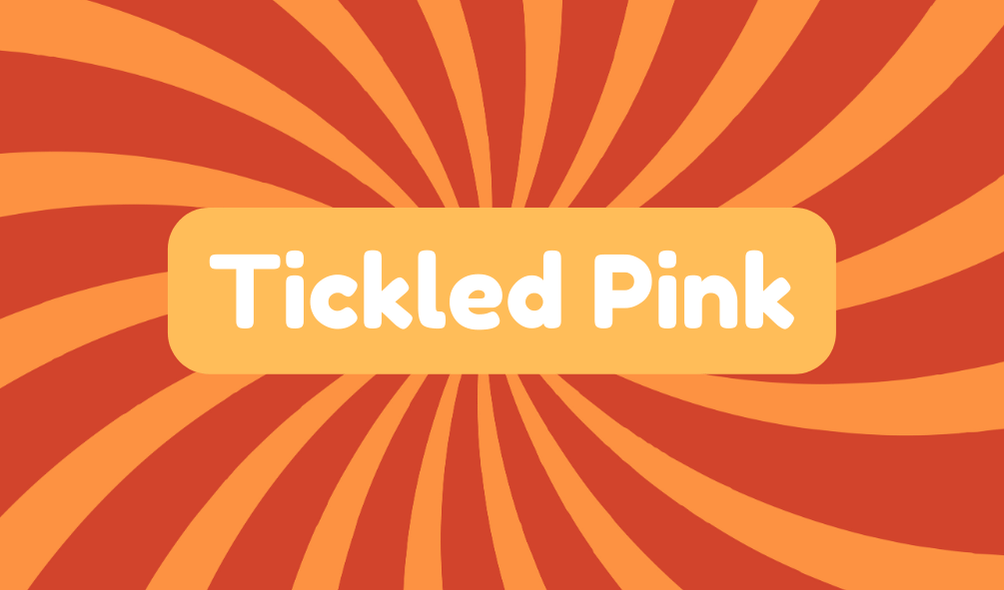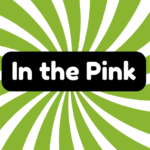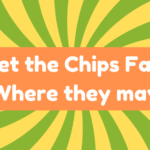"Tickled pink" means feeling extremely happy or delighted. The term emerged in the early 1900s, combining the physical response of being "tickled" with a "pink" face that displays joy. Common examples include being tickled pink at a surprise party or receiving praise. While many synonyms exist, few capture the unique imagery of this phrase. Understanding its roots and usage can enhance one's expressions of joy in everyday conversations, providing more depth to emotional experiences. More insights await on its continued relevance today.
Synonyms
Synonyms for "tickled pink" capture the essence of extreme happiness and delight, yet they often lack the unique imagery of the original phrase. Words like "overjoyed" or "thrilled" certainly communicate joyful expressions, but they tend to be one-dimensional. Innovative language invites richer emotional depth, like:
- Ecstatic
- Delighted
- Elated
- Buoyant
These alternatives may evoke exuberant reactions, yet they lack the playful visual of someone blushing with joy. Therefore, while synonyms exist, they often fall short of conveying the delightful complexity inherent in being "tickled pink," showcasing the artistry of language in expressing our deepest emotions.
Example of Sentences
Expressions of joy can often seem exaggerated, yet the phrase "tickled pink" vividly captures a state of extreme happiness that is inherently relatable. Understanding such joyful expressions is essential, as they often provoke authentic emotional responses. Here are examples that illustrate this delightful sentiment:
- She was tickled pink when she received a surprise birthday party from her friends.
- He felt tickled pink after winning the science fair with his innovative project.
- The couple was tickled pink to welcome their first child into the world.
- The audience was tickled pink by the unexpected twist in the play's finale.
These instances beckon readers to acknowledge joy's profound impact.
Origin
The phrase "tickled pink" has a fascinating origin that dates back to the early 1900s. This expression emerged in a historical context where emotional expression was often tied to physical reactions, such as blushing. "Tickled" denoted merriment, while "pink" symbolized a flushed face, suggesting extreme happiness.
| Word | Meaning |
|---|---|
| Tickled | To be merry or laughing |
| Pink | A rosy complexion indicative of joy |
| Origin | Early 20th century phrase |
| Usage | Expresses exuberant happiness |
Collocations
Collocations related to the expression "tickled pink" offer insight into how this phrase is used in everyday language. These combinations highlight the various contexts in which joyful reactions and emotion expressions appear, making it easier to grasp its significance. Here are some notable collocations:
- Tickled pink at a surprise
- Tickled pink to receive praise
- Tickled pink during celebrations
- Tickled pink by a heartfelt gift
Understanding these collocations reveals the phrase's versatility and how it encapsulates genuine happiness, serving as a bridge between emotional responses and everyday interactions.
How to Use in Everyday Language
Incorporating the phrase "tickled pink" into daily conversations can add a layer of expressiveness, reflecting genuine joy and surprise. This idiomatic expression shines in various contexts, from acknowledging personal achievements to celebrating unexpected good news. Individuals might find themselves in tickled pink situations, like receiving an unexpected compliment or enjoying an amusing anecdote. The phrase can also enhance social interactions, making them more vivid and engaging. However, relying solely on tickled pink expressions may create a superficial facade to one's true feelings. Therefore, while it enriches language, moderation and authenticity in its use remain essential for effective communication.
Why Is It Still Relevant Today?
Often, idiomatic expressions like "tickled pink" remain in use not just because of their whimsical charm but also due to their ability to succinctly capture emotions that might otherwise be challenging to articulate. This phrase carries cultural significance, enabling individuals to express happiness in a relatable manner. In a world increasingly reliant on casual digital communication, phrases evoke richer emotional expressions than mere emojis can. Its persistence underscores a human yearning for connection and understanding in an era filled with noise and superficial interactions. "Tickled pink" remains relevant, bridging the gap between tradition and contemporary life while celebrating joyful moments.






